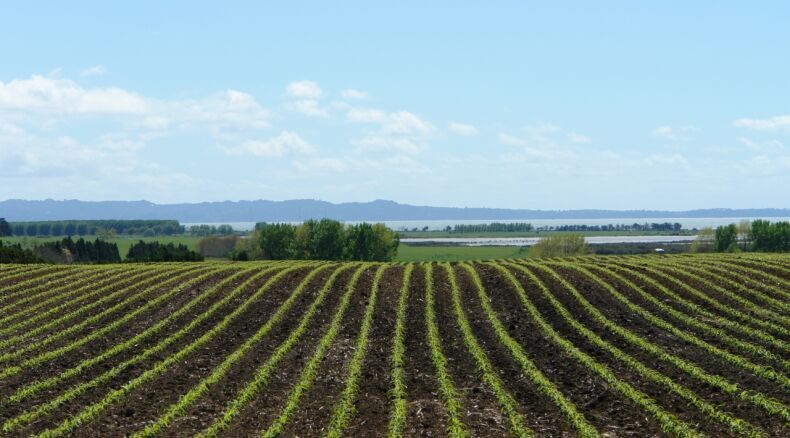
Articles
Early crop management

For most, stress about “whether to plough or disc, what hybrid to plant or when, or should I use starter fertiliser or not?” is gone, bringing a sense of relief that a major milestone has been achieved. In reality, the journey has only just begun and you should keep your foot on the gas! Profitable cropping involves focusing on management techniques that have substantial impact on yields.
The single largest factor influencing yield is “perfect weather”, i.e., timely rain, unlimited sunlight, moderate day temperatures (18 - 24 oC) and cool night temperatures <20 oC. These factors combine with soil conditions, pests, diseases, hybrid choice and management factors to determine actual yields.
Given we cannot control weather, grower influence on productivity is through choosing the best hybrids or management for your environment and maintaining or safeguarding potential yields by minimising the effects of organisms and environmental factors that can negatively impact yields. By creating conditions that deny yield-limiting factors to manifest their dominance, greater productivity can be maintained. The question that should be on every grower’s mind is “how can I establish and maintain a healthy crop and safeguard it from giving away yield if the weather goes awry?”.
Activities prior to planting are usually aimed at achieving adequate stand and establishing healthy plants. Healthy plants usually fare better under pest and disease pressure, can compete better with weeds and are more efficient at extracting soil moisture and nutrients under limiting conditions.
One of the most important post planting activities is to regularly scout crops for emergence, disease, pest, nutrient, weed and other agronomic issues. It is important to understand what you are scouting for. For instance, if small plants wilt and die suddenly or are cut at ground level scout for cutworm, wireworm or stem weevil and decide whether treatment is required. If potential damage is likely to exceed remedial cost, where practical, the problem should be fixed immediately. Where replanting is required, consider chemical, tillage and planting costs as well as increased probability of late autumn frost risk, delayed harvest or susceptibility to disease and drought.
Maize is very sensitive to weed competition, making early season weed control critical. Even where pre-emergence herbicides have been used, post-emergence control can be an effective weed management tool because it helps target or control specific weeds. Chemical applications under stress conditions should be avoided since chemical absorption mostly occurs when weeds are actively growing.
Herbicide choice will depend on paddock weed history, soil type, maize growth stage and height; and weed spectrum and size. It is best or more efficient to control weeds when they are smaller, provided they have sufficient leaf area to intercept chemical.
If in doubt about chemical safety, particularly when spraying herbicide directly over the crop, drop nozzles can help prevent spraying directly into the plant whorl. If spring temperatures have been cooler than normal, consult your chemical representative, particularly if recommendations are based on plant height because plants may be shorter than normal for the stage of development. If rain occurs soon after spraying closely monitor the crop because the herbicide may have been washed off the plant before being fully absorbed.
Fertiliser applications should be based on paddock potential, and it is best to only apply nutrients required, or considered limited. Be wary of micronutrient or root enhancer promotions or fungicide applications for purposes other than foliar disease management unless they are backed by robust scientific data. Such treatments may not increase yields, but will increase production costs.
Even though nutrient deficiency can be established through plant colour change, soil and herbage tests are usually necessary to validate the actual problem. For example, while phosphorus and nitrogen shortage cause plant purpling or yellowing, the real reason earlier in the season could be soil compaction or cool and wet weather conditions. Ideally plants should return to normal once it warms or dries out allowing effective nutrient uptake. If the problem has not corrected by the V5 stage (approximately knee high) a soil and/or herbage test may be required so appropriate remedial action is taken.
By regularly scouting crops, potential problems can be identified in time, allowing sufficient time to develop the best possible solution. In farming, the main difference between success and failure is paying attention to detail and timeliness.
